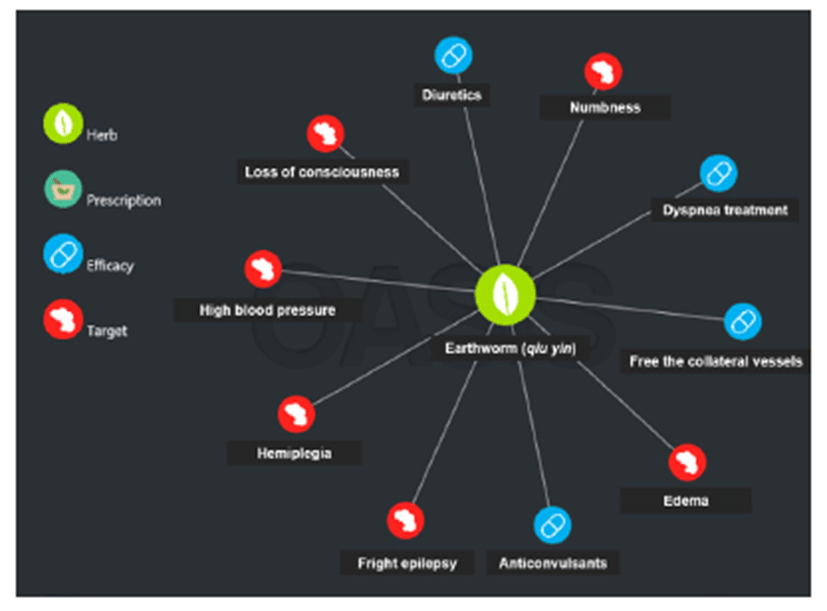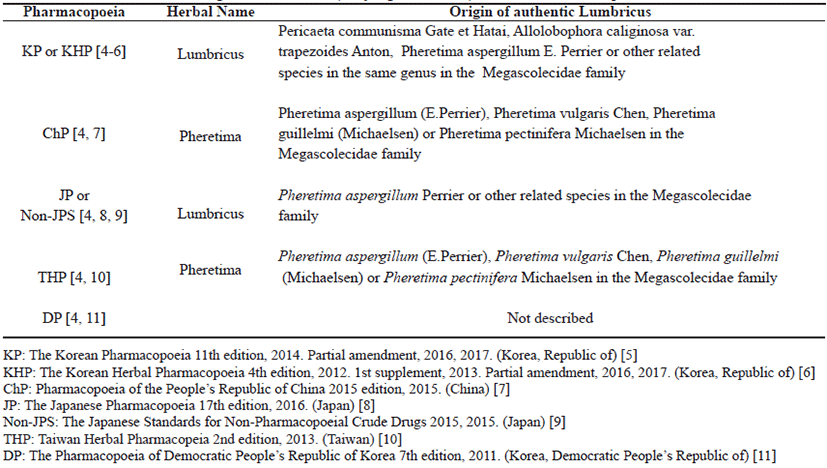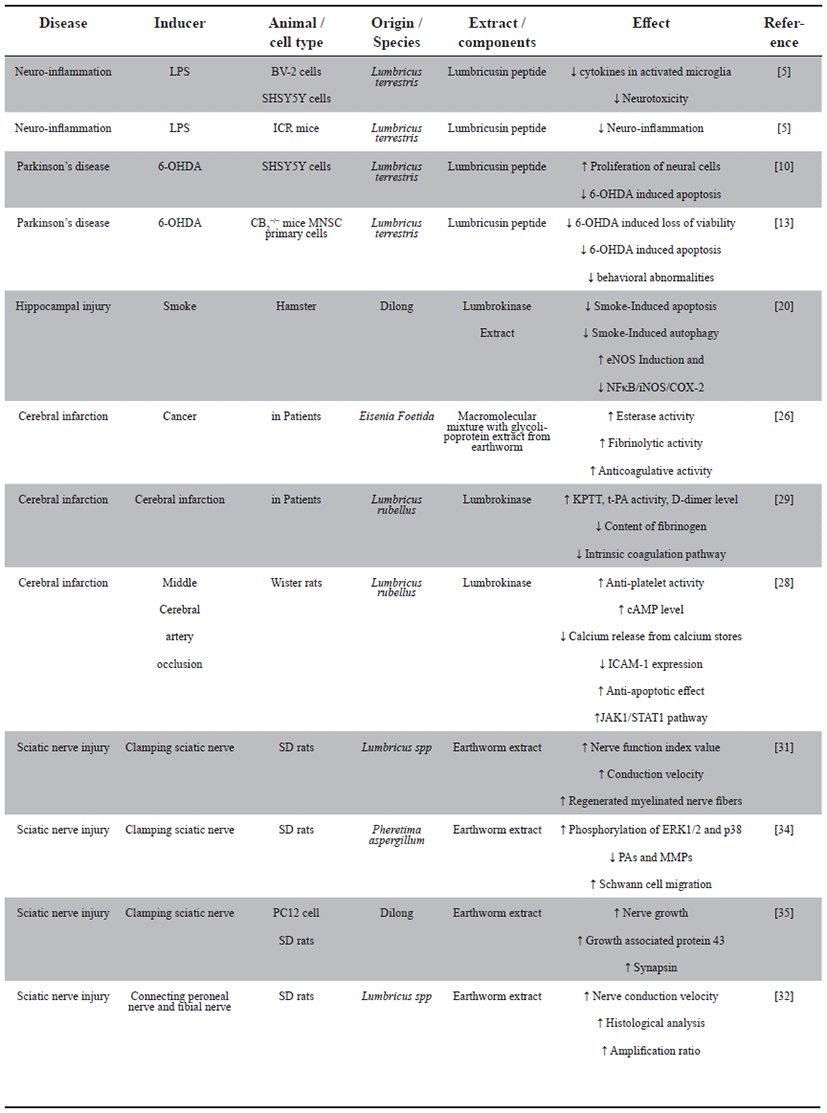Introduction
The human nervous system is divided into the central nervous system and the peripheral nervous system. The central nervous system consists of the cerebral cortex, small cerebellum, brainstem, and spinal cord, which are protected within the hard bone tissue such as the skull (head bone) or spine (spine). The peripheral nervous system refers instead to the neural network that is separated from the central nervous system. The nervous system is widely distributed throughout the body and represents the most important organ for life. Among many symptoms, headache, neuralgia, convulsions, numbness, symptoms of sensory disturbance, trembling limbs, dysmotility, dizziness, gait abnormalities (including walking or unnatural walking with feet), lethargy and aging are the most common ones associated with neurological disorders.
Previous studies have identified the underlying causes of many neurological disorders. Although various therapies have been proposed for neuropathies such as Alzheimer’s disease (AD), Parkinson’s disease (PD), central nervous disorders (including stroke and seizures), and peripheral nerve damage, symptoms relief or disease progression inhibition are very limited [1]. Development of new therapies to provide an effective treatment for neurological diseases is urgent, and alternative therapies for such refractory neurological diseases are required.
As in ancient China and Korea, earthworms are today still regarded as a valuable medicinal agent. Earthworms (qiu yin) were first documented in the Divine Farmer’s Materia Medica Classic around 200 B.C – 200 A.D in China [2]. In addition to China, there are reports of their use in Asia, Africa, and North America to treat smallpox, rheumatism, bladder stones, jaundice, alopecia, and other diseases [3].
Traditional Korean medicine uses animal drugs containing earthworms to treat various diseases. The medicinal properties of earthworms have been documented in medical literature as an effective treatment for neurological diseases. We searched electronic databases for relevant studies published before May 2018 using the Oriental Medicine Advanced Searching Integrated System (OASIS). According to the OASIS, earthworms have long been employed to treat high blood pressure, edema, hemiplegia, epilepsy, convulsions, mania, numbness, and loss of consciousness in the Korean traditional medicine (Fig. 1). Earthworms can be used alone or in combination with other ingredients, as seen in earthworm ingestion for epileptic and manic fever treatment. Pellets made from earthworms and mixed with moss powder were used in treating infants instead [2]. However, further studies are necessary to elucidate the pharmacological and pharmacokinetic properties of the earthworm extract and its components in the context of neural injury. In this review, we provide an overview of the efficacy of earthworm extracts and its components in multiple neuropathic models. Several studies have revealed the effects of earthworm extract and its components in multiple in vivo and in vitro models of neural diseases, including neuroinflammation, Parkinson’s disease, ischemia, cognitive impairment, and peripheral nerve damage (Table 1).

The taxonomic origin of the earthworm herbal medicine in East Asian countries
Although earthworms are currently used as a medicinal agent in China, South Korea, Japan, Taiwan and North Korea, both the species and the genus of earthworms registered in the pharmacopoeia of each country are different (Table 2).

|
The ethnonym of the earthworm is lumbricus in South Korea. This drug represents the body of the Pericaeta communisma Gate et Hatai, Allolobophora caliginosa var. trapezoides Anton (Lumbricidae) and Pheretima aspergillum E. Perrier [a syn. of Amynthas aspergillum (Perrier, 1872)] or other related species in the same genus in the Megalscolecidae family [4-6].
The ethnonym of earthworm in China is pheretima. This drug represents the dried body of the Pheretima aspergillum (E.Perrier), Pheretima vulgaris Chen, Pheretima guillelmi (Michaelsen) or Pheretima pectinifera Michaelsen [4, 7].
In Japan, the ethnonym of earthworm is lumbricus. This drug is removed from the inside of Pheretima aspergillum Perrier or other related species in the Megalscolecidae family [4 , 8 , 9].
Taiwan employs the same name and species of earthworm in ethnopharmacology as does China [4, 10]. Information about North Korean usage of earthworm is instead not available [4, 11].
The role of the earthworm in neuroinflammation
Extracts from the earthworm were reported to treat inflammation in neuronal cells. Especially, lumbricusin, a peptide isolated from earthworms, was identified to show anti-inflammatory effects on neural cells and to reduce cytokines in the activated microglia. These derivatives were found to alleviate inflammation by preventing the inflammatory phosphorylation of MAPK and AKT. Lumbricusin’s neuroprotective effects on neurotoxicity and in vivo neuroinflammation have also been confirmed [12]. In fact, lumbricusin inhibited the activation of microglial cells using lipopolysaccharides (LPS) and improved neuronal inflammation. Lumbricusin is involved in the inflammation induced by LPS in microglial cells and was shown to be implicated in the pathogenesis of inflammatory agents such as enzymes (COX-2 and iNOS) and cytokines (IL-6, IL-1β and TNF-α) by significantly reducing their expression. In addition, Lumbricusin inhibited neuronal cytotoxicity and enhanced cell viability when cultured with LPS-activated microglia. These results demonstrate the potential of lumbricusin as a good strategy for the treatment of various neuroinflammatory conditions [12]. These findings were re-confirmed by animal experiments [12].
G-90 is a macromolecular mixture with glycolipoprotein characteristics and is obtained from the whole earthworm (Eisenia foetida) tissue extract [13]. The anti- inflammatory and antioxidant effects of G-90 were reported in various organs including in the brain [14]. G-90 exhibits an anti-oxidative effect on human fibroblasts and epithelial cells [13]. Antioxidants are known to protect DNA, proteins, and lipids in the body from damage, which otherwise represents a major contributor to neural diseases including Parkinson’s disease, ischemia, Alzheimer disease, and peripheral nerve damage [15]. G-90 provided complete protection against oxidative stress-induced toxicity in human fibroblasts and epithelial cells [13, 14].
Although not specific to the nervous system, the anti- inflammatory activity of the earthworm extract was confirmed in multiple studies. The effect of lyophilized earthworm powder was observed in SiO2-induced pulmonary fibrosis in mice and both nuclear factor erythroid 2-related factor 2 and Hemeoxygenase-1 activation was suggested to be the mechanism of action in the treatments using earthworm extract [16].
The role of earthworm in Parkinson’s disease
The earthworm peptide lumbricusin attenuated the apoptotic changes and decreased the cell viability induced by the treatment with oxidopamine, a Parkinson’s disease-mimicking agent [17]. Oxidopamine, also known as 6-hydroxydopamine, is a synthetic neurotoxic organic compound used by researchers to kill dopaminergic and noradrenergic neurons in the brain [18]. Many studies on Parkinson’s disease were conducted using animal models injected with oxidopamine. In addition, research on new drugs is currently undergoing using oxidopamine-treated laboratory animals such as mice, rats, and monkeys [18]. Lumbricusin-activated degradation of cyclin-dependent kinase inhibitor 1B (p27Kip1) controls the neuron cell-cycle progression at G1 [19]; whereas p27Kip1 over-expression significantly reduces the anti-apoptotic effect of lumbricusin in oxidopamine-treated neural cells. These results suggest that the mechanism responsible for the neuroprotective effects of lumbricusin is the activation of p27Kip1 degradation [19]. Another study reported that lumbricusin has neurotropic activity in mouse neural stem cells and a protective effect in Parkinson’s disease in mouse model [20]. As the therapeutic effect of the earthworm extract remains inconclusive, determining its effect on Parkinson’s disease requires further studies.
The role of earthworm in hippocampal injury
The hippocampus is located in the medial temporal lobe of the brain and plays an important role in constructive learning and memory processing [21]. Several animal model studies reported the hippocampus to be an important area involved in memory formation [22, 23]. There is this way convincing evidence that damage to the hippocampus caused by various toxic agents can cause memory damage leading to abnormal behavior [24-27]. Previous studies have identified apoptosis of the hippocampal neurons following the exposure to tobacco smoke. In addition, it has been reported that Lumbrokinase and earthworm extract (Lumbricus spp) can protect hippocampal cell damage caused by tobacco [28]. Exposure to cigarette smoke increased apoptotic changes by Fas - depen-dent activity and mitochondria - dependent pathways in the hippocampus, whereas Lumbrokinase administration attenuated these changes [28]. Huang et. al., suggested that Lumbrokinase protects against cell death in the hippocampus and has a therapeutic potential in hippocampal dysfunction [28]. Similar studies have described a similar mechanism by the earthworms in protecting the heart from cardiac damage caused by tobacco [29].
However, chronic treatment with a high dose of earthworm extract was associated with toxicity in the hippocampus. In fact, neurogenesis in the hippocampus of 500 mg/kg earthworm extract-treated mice decreased significantly compared to the controls. In addition, the brain-derived neurotrophic factor markedly decreased in the dentate gyrus of the hippocampus in the earthworm extract-treated group compared to the control [30].
The role of the earthworm in brain ischemia
Earthworm enzymes have the potential application as active pharmaceutical ingredients in the development of novel therapeutic formulations for the treatment of cerebral infarction [31]. The segmented earthworm’s body cavity is filled with coelomic fluid, which has numerous biological activities including hemolytic and agglutinative activities [32]. G-90, a macromolecular mixture that includes an earthworm extract (Eisenia foetida), has anticoagulative and fibrinolytic activities [33]. In another study, two tyrosine-like serine peptidases with a molecular mass of 34 kDa and 23 kDa, respectively, were isolated from earthworm and were both showed fibrinolytic and anti-coagulative activities [34].
Lumbrokinase from Lumbricus bimastus was identified to have a thrombolytic activity and to dissolve artificial fibrin plates [35]. Ji et. al., studied the therapeutic effect of lumbrokinase in the brain of an ischemic rat model [36], the anti-ischemic activity of the lumbrokinase was suggested to be a result of its anti-platelet activity caused by an elevated cAMP level and attenuated calcium release from the calcium pools. The anti-thrombosis action was instead caused by the inhibition of ICAM-1 expression, whereas the anti-apoptotic effect was due to activation of the JAK1/STAT1 pathway [37].
In a clinical study, stroke patients were divided into either the lumbrokinase treatment group or the control group. The Chinese stroke score evaluated the results prior and following the administration of the lumbrokinase. In the lumbrokinase treatment group, the Kaolin partial thromboplastin time was prolonged, the tissue plasminogen activator activity and the D-dimer level increased, while the content of fibrinogen decreased significantly. This demonstrated that the Lumbrokinase is beneficial for the treatment of brain ischemia. The effect of the Lumbrokinase is related to the inhibition of an intrinsic coagulation pathway and to the activation of fibrinolysis caused by an increase in the activity of the tissue plasminogen activator [3].
The role of the earthworm in peripheral nerve regeneration after injury
In China, earthworms have long been employed in the treatment of peripheral nervous system diseases. Along with its use for traditional oriental medical purposes, it was also applied to the latest medicine [3]. Earthworm (phylum Annelida, family Lumbricidae) is one of the first organisms in the evolution of any phylogenetic tree that possesses immunological recognition and memory. Earthworms are able to regenerate amputated parts of their body when their nervous system is intact [38]. Additionally, a review study reported that the use of an earthworm extract can restore various nervous system damages [3].
In an animal experiment, rats were treated with the earthworm extract (1 g/mL) for 6 weeks following sciatic nerve injury [39]. The group treated with the earthworm extract recovered their nerve function index when compared to the control group. In fact, the conduction velocity of the injured sciatic nerve was higher in the earthworm extract treated group compared to the control group. In addition, the regenerated myelinated nerve fibers in the treated group also increased [40, 41].
In another study, treatment with the earthworm extract activated ERK1/2 and p38 phosphorylation [42]. Considering that Schwann cells cover axons in the peripheral nervous system and form the myelin sheath, the earthworm extract stimulated Schwann cell migration and MMP2/9 expression was mediated through the MAPK pathways included ERK1/2 and p38. Therefore, these results suggest that the earthworm extract could play an important role in Schwann cell migration and neuro-regeneration through the MAPKs signaling pathway [42]. In addition, the earthworm water extract could significantly promote NGF-induced neurite outgrowth with increased expressions of GAP-43 and synapsin I from PC12 cells. Furthermore, the earthworm water extract filled in silicone rubber chamber has a significantly increased effect on nerve repair and regeneration [43]. Therefore, the earthworm extract can be a nerve growth-promoting factor useful for peripheral nerve regeneration.
Conclusion
Although many patients suffer from incurable neurological disorders, a successful therapeutic strategy for these diseases is yet to be identified. Earthworm extracts, including polypeptides, have been used to treat a variety of diseases with alternative therapies across various regions, including East Asia. In this study, we investigated the results of a neurological disease model using earthworm extracts. We summarized the protective effects of both earthworms and their extracts on neuropathies and we identified the earthworm components to be used in treatment and prevention strategies for nerve disorders and could be helpful for the development of new therapies for these intractable diseases.
